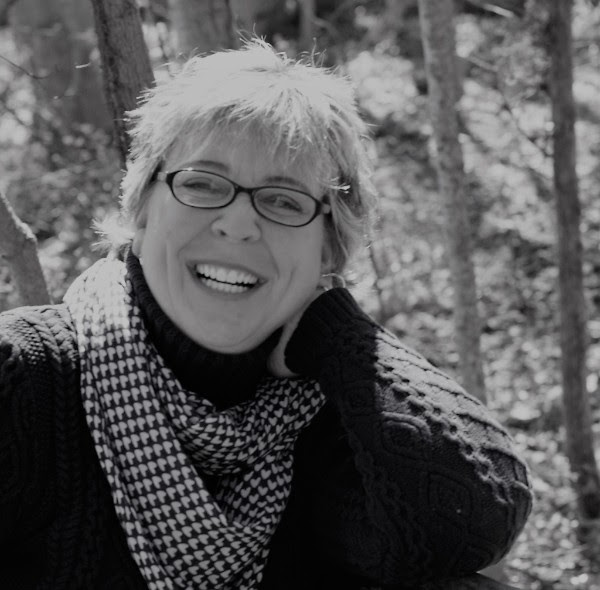How the Body Prepares to Die
If you look at a person from a healthy perspective you see the need for food, Sleep, and socialization. We eat to live. Sleep to revitalize. Interact with others for stimulation.
If the body is preparing to die, the reverse is the norm. We gradually stop eating. We begin sleeping more. We begin withdrawing from worldly interests.
All of these patterns are part of the normal life progression. However, most people don’t think of the dying part as normal. They have been led to believe that something pathological is happening.
Our body is programmed to die. We are born. We experience, and then we die. Normal infant development gradually progresses from sleeping most of the time to being awake most of the time. Infants begin receiving nourishment through milk and soft foods, until gradually they progress to eating solid foods. Infant socialization is initially just with mom and dad, then others become part of their focus.
All of this is the normal life progression. Reverse this pattern and you have the progression from life to death from disease or old age. Sudden death (car mishap, heart attack, violent death) doesn’t apply here. The body was not preparing to die. It accidentally died.
When the body begins dying from disease the process will generally begin two to four months before actual death comes. When dying from old age with no disease, the same process can take years. This is the normal, natural way the body dies. Just like there is a normal, natural way the body grows into adulthood there is a normal, natural pattern to prepare to leave life.
From birth to death, if there is no intervening “accident,” the body, all by itself will begin the process toward death.
Something more… about How The Body Prepares to Die
While at the bedside of hundreds of people during the dying process, I noticed that each death was following a near identical script. Each person was going through the stages of death in almost the same manner and most families came to me with similar questions. These realizations led me to sit down and write Gone From My Sight, “the Hospice blue book”.
Recent review for my booklets:
“These books are invaluable for our patients. They are both educational and comforting for families. This book is a must for any hospice provider.” Kim B.
Originally Published on https://bkbooks.com/blogs/something-to-think-about

























